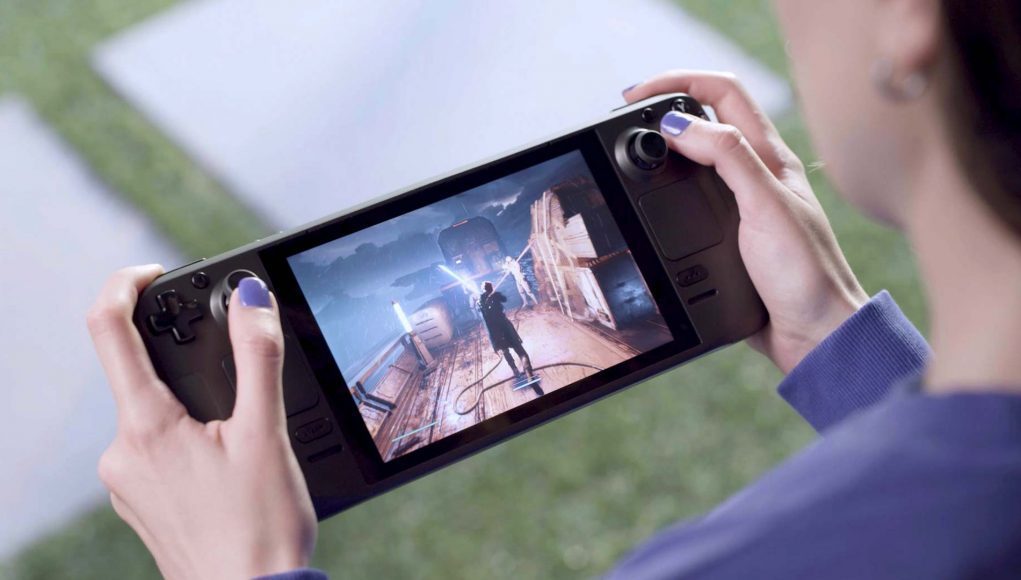Steam Deck, Valve’s handheld gaming PC that launched late last month, doesn’t really have the horsepower capable of playing SteamVR games, although Valve chief Gabe Newell calls it a “stepping stone” to what could one day be Valve standalone VR headset.
In an interview published in Edge Magazine’s latest issue (via UploadVR), Newell had this to say when asked about how important Steam Deck was to VR:
“One of the things [Steam Deck] represents is battery-capable, high-performance horsepower that eventually you could use in VR applications as well. You can take the PC and build something that is much more transportable. We’re not really there yet, but this is a stepping stone.”
Despite being mostly a black box, Valve has been fairly transparent with its interest in standalone VR. Back at Steam Deck’s hands-on event in August, Valve said Deck’s custom AMD processor could be used in such a project.
“We’re not ready to say anything about [a standalone VR headset], but [Steam Deck’s hardware] would run well in that environment, with the TDP necessary… it’s very relevant to us and our future plans,” Valve’s Greg Coomer said.
It’s also filed patents for essentially wireless and standalone versions of its Index PC VR headset, making it pretty clear that Valve is more than curious about making its own standalone.
In the meantime, you might be surprised to learn that SteamVR games aren’t marked ‘Deck Verified’, and it’s for good reason. Deck’s hardware can run ‘AAA’ PC games at its native display resolution of 1,280 × 800 at no higher than 60Hz.
Meta’s Quest 2 on the other hand was purpose-built to run a library of VR games at 3,664 × 1,920 (in 3D), and at a minimum of 72Hz. Unlike SteamVR games, Quest’s games are specially optimized from the ground-up to hit specific performance benchmarks, and then gut-checked by Meta before they’re launched on the main store.
Steam Deck is undoubtedly helping to better position Valve as a serious hardware manufacturer, so the “stepping stone” analogy makes a good deal of sense since Deck clearly isn’t a plug-and-play solution for PC VR users looking for a mobile gaming rig.
Tech analyst and YouTuber Brad Lynch revealed evidence of the internal naming scheme ‘Deckard’ which may point to a standalone headset prototype currently in the works. Lynch has uncovered mounting evidence in subsequent releases of SteamVR too, so we’ll have our eyes peeled in the coming months now that Steam Deck is in the hands of more people and the company pushes further updates.







